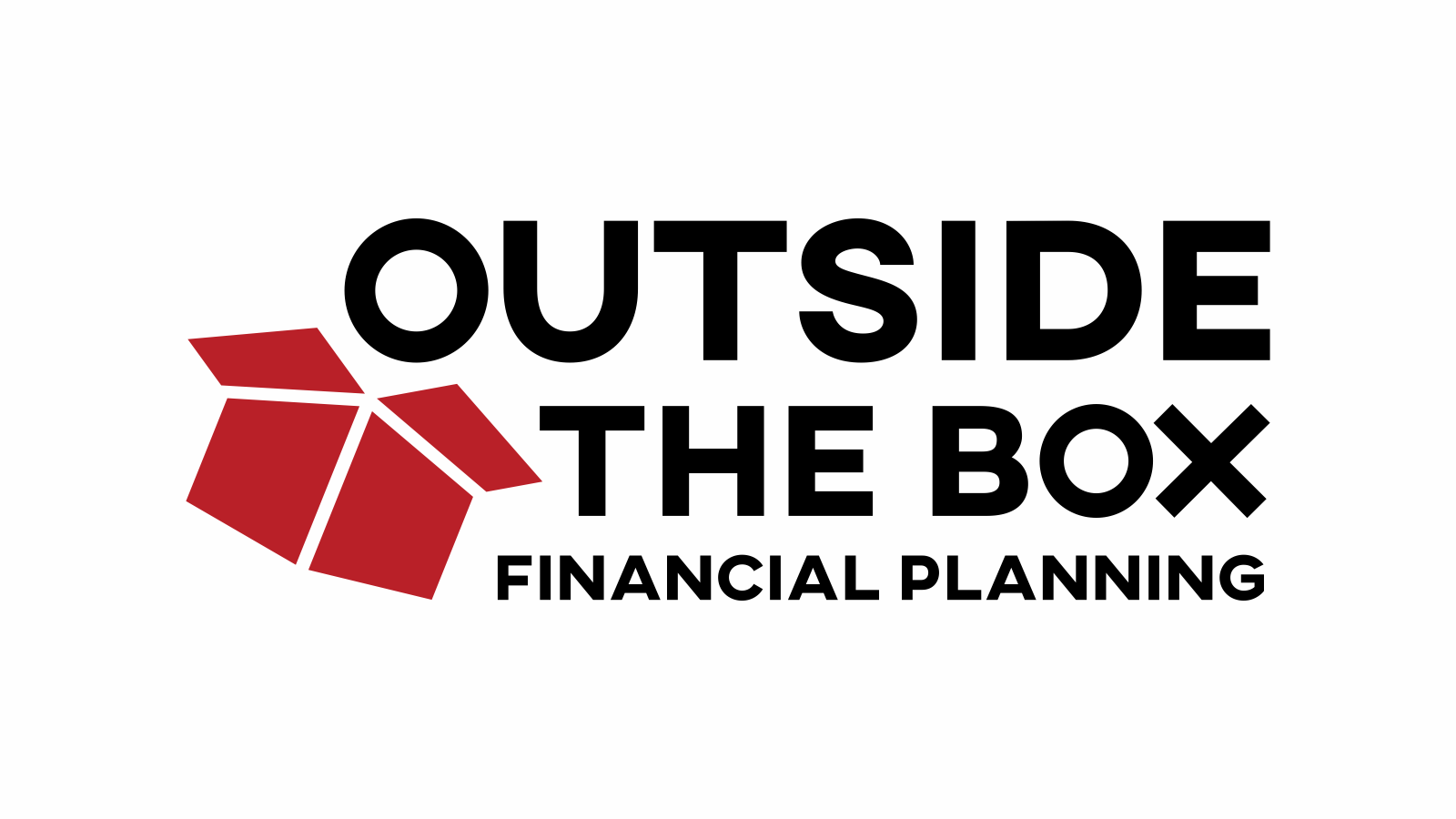Why Most New Year's Resolutions Fail and How to Set Financial Goals that Actually Stick
Every January, millions of people make New Year’s resolutions with the best of intentions. They vow to lose weight, exercise more, or get their finances in order. Yet, by February, most resolutions have fizzled out. Studies show that 80% of resolutions fail before the year even reaches March. So why does this happen? And more importantly, how can middle-aged married couples set financial goals that actually stick?
The answer lies in shifting from quick fixes to sustainable habits. Financial success, like good health, doesn’t come from crash diets or one-time changes. It’s about crafting a plan tailored to your unique situation and sticking to it consistently.
Let’s dive into why resolutions fail and how you can create financial goals that will help you and your spouse thrive—not just in January but all year long.
Why Most New Year’s Resolutions Fail
Think of New Year’s resolutions like crash diets. You start strong and full of enthusiasm, but eventually, the restrictions or unrealistic expectations wear you down. The same thing happens with financial resolutions.
Here are the three main reasons resolutions fail:
1. They’re Too Vague
“I want to save more money” or “We need to stop overspending” are common financial resolutions. But without specifics, these goals are like saying, “I want to be healthier,” without defining what that means. Do you want to save $5,000 this year? Cut dining-out expenses by 20%? Pay off a specific debt? Clarity is key.
2. They’re Unrealistic
Many resolutions fail because they’re too ambitious. A couple trying to save 50% of their income when they’ve historically saved 5% is setting themselves up for failure. Big changes are intimidating, and when the initial motivation fades, it’s easy to give up.
3. No Plan, No Progress
A resolution without a plan is like a treatment without a diagnosis. You need to understand your current financial situation and have a step-by-step plan to achieve your goals. Without actionable steps, your resolution remains a wish, not a goal.
How to Set Financial Goals That Actually SticK
1. Start with a Financial Check-Up
Before setting goals, take stock of your current financial health. Sit down with your spouse and answer these questions:
What is our total income?
How much do we spend each month, and on what?
What debts do we owe, and what are the interest rates?
How much have we saved for retirement or other goals?
This “financial check-up” is like a physical exam—it identifies strengths and areas that need improvement. Use this baseline to set goals that are both realistic and impactful.
2. Set SMART Goals
To make your financial goals stick, follow the SMART framework:
Specific: Clearly define what you want to achieve. For example, “Save $10,000 for a vacation in 2026” is more actionable than “Save money.”
Measurable: Set benchmarks to track progress. Instead of saying, “Pay off debt,” specify, “Pay an extra $500 per month toward our credit card balance.”
Achievable: Be realistic about what you can accomplish, given your income and expenses. If saving $10,000 in one year feels overwhelming, break it into smaller chunks over several years.
Relevant: Align your goals with your values. If spending time with family is important to you, focus on saving for vacations or reducing work-related stress by paying off debt.
Time-Bound: Set deadlines to keep yourself accountable. For example, “Build an emergency fund of $15,000 by December 2025.”
3. Divide Goals into Short, Medium, and Long-Term
Breaking goals into timeframes helps you focus on what’s most urgent while keeping an eye on the big picture. Here’s how to structure them:
Short-Term (1 Year): Build an emergency fund, pay off high-interest debt, or stick to a budget.
Medium-Term (1-5 Years): Save for a down payment on a house, fund a vacation, or tackle student loans.
Long-Term (5+ Years): Plan for retirement, fund your children’s college education or save for major life milestones.
Think of it like triaging a patient—address the most urgent needs first, but always plan for long-term health.
5. Budget with Intention
A budget isn’t about deprivation; it’s about aligning your spending with your priorities. Use the 50/30/20 rule as a starting point:
50% for Needs: Mortgage, utilities, groceries, insurance.
30% for Wants: Dining out, entertainment, hobbies.
20% for Savings and Debt Repayment: Retirement accounts, emergency fund, paying off loans.
For middle-aged couples, budgeting is like prescribing medication—it ensures you allocate resources where they’re most needed.
7. Revisit and Adjust Regularly
Financial goals aren’t set-it-and-forget-it. Just as a doctor adjusts a treatment plan based on progress, you and your spouse should review your finances regularly. Schedule quarterly “money dates” to discuss progress, celebrate wins, and make adjustments.
For example:
Did a medical expense or home repair set you back? Adjust your timeline, but stay committed to the goal.
Got a raise or bonus? Use part of it to accelerate your progress.
Flexibility is key to staying on track.
4. Automate Your Savings
Automation is the secret weapon for financial success. Once you’ve set your goals, set up automatic transfers to savings accounts or retirement plans, this ensures you stick to your plan without relying on willpower.
For example:
Direct deposit a portion of your paycheck into a high-yield savings account for your emergency fund.
Set up automatic contributions to a 401(k) or IRA.
Use apps to round up purchases and invest the spare change.
By automating, you eliminate the temptation to spend money earmarked for savings.
6. Celebrate Small Wins
One reason resolutions fail is that people don’t celebrate progress along the way. If you and your spouse pay off a credit card or hit a savings milestone, take time to celebrate. Rewarding yourself reinforces positive behavior and keeps motivation high.
8. Work with a Financial Planner
Sometimes, DIY isn’t enough. As you would consult a specialist for complex medical issues, working with a Certified Financial Planner™ (CFP®) can help you navigate big financial decisions. A CFP® can help you:
Maximize tax efficiency.
Create a sustainable retirement plan.
Optimize employee benefits like 401(k) matches or Health Savings Accounts (HSAs).
Fee-only fiduciary planners work in your best interest, ensuring unbiased advice tailored to your goals.
Why This Matters for Middle-Aged Couples
Middle age is a pivotal time for financial planning. You’re juggling competing priorities—raising kids, caring for aging parents, and preparing for retirement. Setting goals together as a couple ensures you’re working as a team, not at cross-purposes.
Think of it like running a hospital department: You need clear communication, shared objectives, and a plan for emergencies. By setting SMART goals and following through, you’ll create financial stability and peace of mind.
Forget Quick Fixes—Focus on the Long Game
Financial success isn’t about quick fixes or overnight transformations. It’s about creating a roadmap that works for you and your spouse and committing to the journey. Remember, small, consistent steps are more effective than grand, unsustainable gestures.
As you enter the New Year, ditch the vague resolutions and focus on actionable financial goals that align with your values. By treating your finances like a patient in need of long-term care, you’ll set yourself up for a healthier, wealthier future.
This year, make a resolution you’ll actually keep: building the financial life you and your family deserve. And if you need guidance along the way, don’t hesitate to reach out to a financial planner who can help you turn those goals into reality.
Partnering with Outside The Box Financial Planning (OTBFP) offers numerous benefits for individuals seeking college planning, retirement planning, small business support, wealth management, and beyond. As a fee-only fiduciary with a comprehensive approach, unbiased advice, and transparent fee structure, OTBFP acts as a trusted advisor who prioritizes your best interests. Click here to schedule a complimentary “Fit” meeting to determine if we would make a good mutual fit.
Remember, financial decisions have long-lasting implications, and working with a professional like the financial professionals of Outside The Box Financial Planning can provide the expertise and guidance necessary to make informed choices that align with your financial aspirations.












